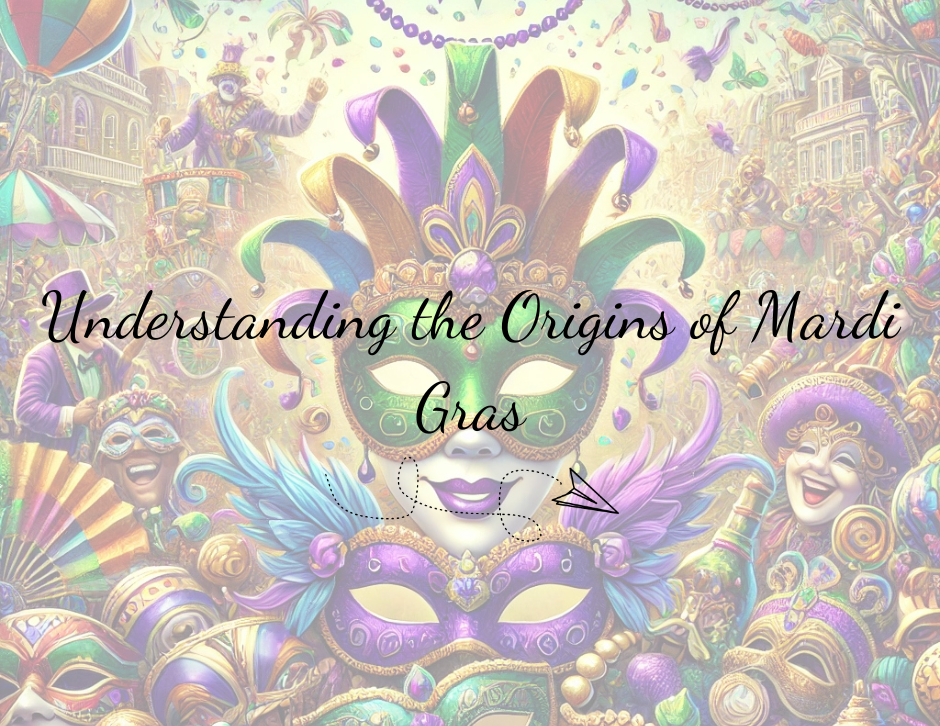Exploring Holi: The Festival of Colors
- Theresa Wilson

- Mar 4
- 4 min read
Holi, often called the Festival of Colors, is one of the most vibrant and joyous celebrations in India and among Hindu communities worldwide. This post will not be an in-depth exploration but rather an overview of the festival’s history, traditions, and significance. Rooted in mythology and tradition, this festival marks the arrival of spring, the victory of good over evil, and the strengthening of bonds between loved ones.
The History and Evolution of Holi

Holi has been celebrated for centuries, with its roots traced back to ancient Indian texts such as the Puranas and poetry by Kalidasa. Over time, the festival has evolved from a primarily religious observance to a widely embraced cultural celebration. Historically, Holi was also a way to mark the changing of seasons, transitioning from winter to spring, and served as a time for communities to come together, setting aside differences and grievances.
The Legend Behind Holi
Holi is closely linked to the story of Prahlada and Holika from Hindu mythology. According to legend, Prahlada was a devoted follower of Lord Vishnu, much to the dismay of his father, King Hiranyakashipu, who wanted to be worshipped as a god. The king's sister, Holika, had a magical cloak that protected her from fire. She tricked Prahlada into sitting with her in a blazing fire, but her cloak flew off and shielded him instead. Holika perished, and Prahlada emerged unscathed, symbolizing the triumph of good over evil. This event is commemorated with Holika Dahan, a ritual bonfire on the eve of Holi.
The Colors of Holi

The most iconic aspect of Holi is the playful throwing of colored powders, known as gulal. Streets come alive with people smearing colors on each other, dancing to music, and sharing festive treats. The colors symbolize joy, unity, and the breaking down of social barriers. Traditionally, natural dyes from flowers and herbs were used, though modern versions are often synthetic.
Sustainability and Eco-Friendly Celebrations
With the rise of synthetic colors, concerns about environmental impact have grown. Many synthetic powders contain harmful chemicals that can affect both human health and nature. In response, communities are encouraging the use of organic or eco-friendly gulal made from flowers, turmeric, and other natural ingredients. These alternatives help reduce pollution and make the celebration safer for all.
The most iconic aspect of Holi is the playful throwing of colored powders, known as gulal. Streets come alive with people smearing colors on each other, dancing to music, and sharing festive treats. The colors symbolize joy, unity, and the breaking down of social barriers. Traditionally, natural dyes from flowers and herbs were used, though modern versions are often synthetic.
Regional Variations of Holi

Holi is celebrated differently across various regions of India. In Mathura and Vrindavan, associated with Lord Krishna, the festival is extended over several days with special traditions like Lathmar Holi, where women playfully hit men with sticks. In Punjab, the Sikh community observes Hola Mohalla, a day of martial arts displays and mock battles. In West Bengal, Dol Jatra combines color throwing with traditional songs and dances in honor of Lord Krishna and Radha.
Festive Foods and Drinks
No Indian festival is complete without special delicacies. Holi is synonymous with gujiya, a sweet dumpling filled with khoya and dry fruits, and thandai, a spiced milk-based drink often infused with saffron, nuts, and occasionally bhang (cannabis). Savory snacks like pakoras and chaat are also enjoyed during the celebrations.
Holi Around the World

Holi's infectious spirit has crossed borders, with celebrations now held in cities around the globe. Countries with large Indian diasporas, such as Canada, the United States, the United Kingdom, and Australia, host Holi events featuring music, dance, and color play, spreading its message of joy and inclusivity. In Canada, cities like Toronto and Vancouver host large-scale Holi festivals, often in collaboration with local South Asian communities and cultural organizations. These events highlight the diversity of the country while embracing the traditions of Holi in a multicultural setting.
Safety Considerations
While Holi is a fun-filled festival, it is essential to take some precautions. People with sensitive skin should opt for natural colors to avoid irritation. Wearing sunglasses can help protect the eyes from color powders, and applying oil or moisturizer to the skin before playing can make it easier to wash off the colors later. Staying hydrated and being mindful of personal boundaries also ensure a safe and enjoyable experience for everyone.
The Cultural Significance of Holi
Holi is more than just a festival of colors—it embodies the values of inclusivity, joy, and unity. Traditionally, social hierarchies and distinctions dissolve during the celebrations, allowing people of all backgrounds to interact freely. The festival also represents renewal, as people take this opportunity to forgive past conflicts, strengthen relationships, and foster goodwill within their communities. In a modern context, Holi serves as a vibrant expression of cultural pride and global unity, transcending religious boundaries to bring people together.
Beyond the colors and festivities, Holi is a time for forgiveness, renewal, and togetherness. It encourages people to mend relationships, let go of past grievances, and embrace positivity. The festival's universal themes of love and harmony make it an enduring celebration of life.
Whether you experience Holi in India or at a local event, the spirit of the festival remains the same—joy, unity, and a splash of color to welcome new beginnings. Have you ever celebrated Holi? Share your experience in the comments below!
References

.png)



Comments